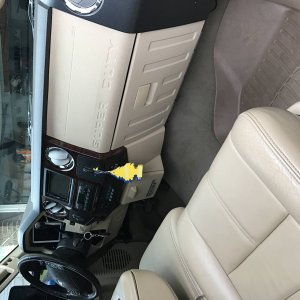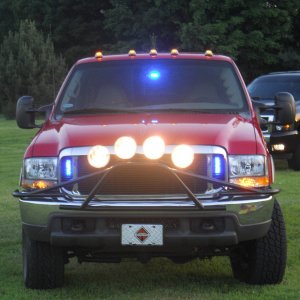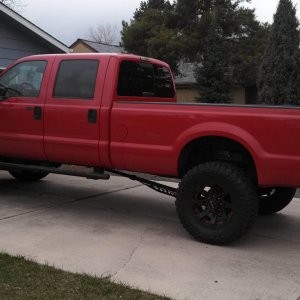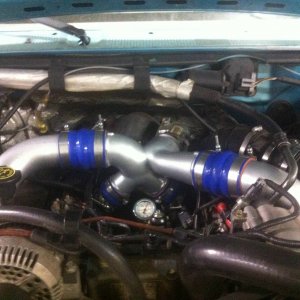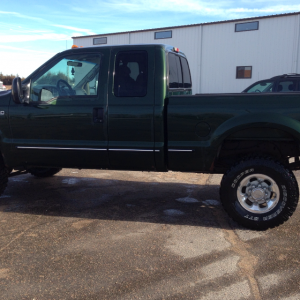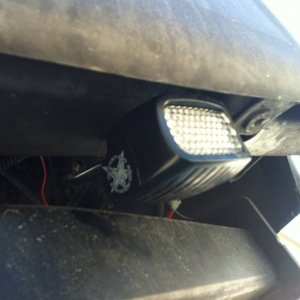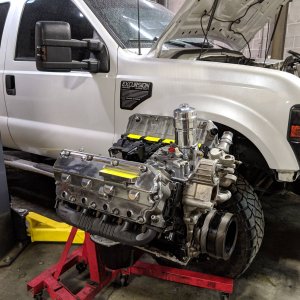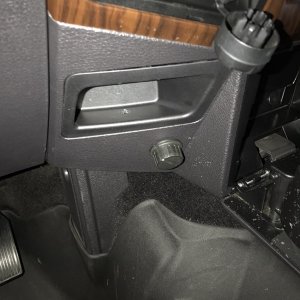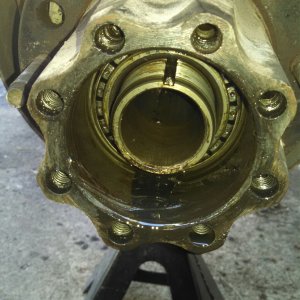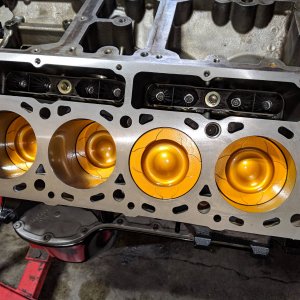DleclairObs
New member
- Joined
- Feb 6, 2016
- Messages
- 26
- Reaction score
- 0
I spent a long time doing research and writing this for my auto tech class because I my teacher couldent answer it and I have always been curious. he said that if I wrote a paper on it I could get extra credit. so here:
Wideband sensors are used to determine whether a vehicle is running lean or rich. The way it works is the exhaust works its way through a diffusion gap into the pump cell of the wideband sensor. The sensor uses that to determine how much air is in the exhaust and how much fuel the motor needs. The sensor gives off between 100 and 900 millivolts. At the perfect fuel ratio for a gas motor (14.7:1) the sensor will give off about 450mV. The optimal fuel ratio differs from fuel to fuel.
Now its not very common to see these in diesel motors even in the mild aftermarket. This is because diesel engines are more and more often getting boxed tunes or already made tunes. And it is not something that needs to be constantly monitored on a diesel motor. These sensors can also be prone to getting clogged up with the soot of a diesel motor.
So some people don't understand how a diesel motor can run without one since new gasoline motors need them to operate properly. But this is because diesels don't have a throttle body. A diesel motor accelerates by simply adding fuel. This is why diesels smoke because air and fuel are not added at the same time fuel is added and the turbo is expected to provide the needed air. This is also why diesels don't need blow off valves because the turbo (if tuned properly) will only provide as much fuel as is needed.
So why would a diesel need a wideband? they are still very useful in tuning electronically and adjusting fuel pressure(especially for 7.3 and 6.0 fuel pressure). Optimally it can help you achieve proper tuning for mileage and power.
that's it if I'm wrong tell me this is what I have gathered from other forums, videos, and talking to other people.
Wideband sensors are used to determine whether a vehicle is running lean or rich. The way it works is the exhaust works its way through a diffusion gap into the pump cell of the wideband sensor. The sensor uses that to determine how much air is in the exhaust and how much fuel the motor needs. The sensor gives off between 100 and 900 millivolts. At the perfect fuel ratio for a gas motor (14.7:1) the sensor will give off about 450mV. The optimal fuel ratio differs from fuel to fuel.
Now its not very common to see these in diesel motors even in the mild aftermarket. This is because diesel engines are more and more often getting boxed tunes or already made tunes. And it is not something that needs to be constantly monitored on a diesel motor. These sensors can also be prone to getting clogged up with the soot of a diesel motor.
So some people don't understand how a diesel motor can run without one since new gasoline motors need them to operate properly. But this is because diesels don't have a throttle body. A diesel motor accelerates by simply adding fuel. This is why diesels smoke because air and fuel are not added at the same time fuel is added and the turbo is expected to provide the needed air. This is also why diesels don't need blow off valves because the turbo (if tuned properly) will only provide as much fuel as is needed.
So why would a diesel need a wideband? they are still very useful in tuning electronically and adjusting fuel pressure(especially for 7.3 and 6.0 fuel pressure). Optimally it can help you achieve proper tuning for mileage and power.
that's it if I'm wrong tell me this is what I have gathered from other forums, videos, and talking to other people.

